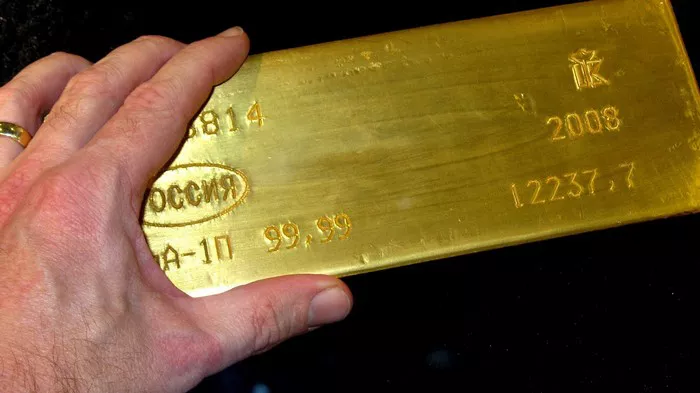Circle, the leading stablecoin provider, saw its market value soar to $22 billion shortly after its listing. The company’s shares, which officially went public on Thursday at $31 per share, have risen sharply, closing at around $110 on Friday. Based on the number of Class A and Class B common stocks listed in the prospectus, Circle’s market value has approached $22 billion, with a price – earnings ratio soaring to an astonishing 125 times or more.
Traditional Valuation Indicators
For many investors, traditional valuation indicators are almost meaningless. Circle is seen not as a new type of bank but as a bet on future possibilities. Supporters of cryptocurrencies generally believe that stablecoins – digital tokens that represent the fixed value of traditional currencies such as the US dollar or the euro – could become a key component of the everyday financial system, for example, for consumer payments.
Paradox of Interest Rates and Income
Circle’s core business model is straightforward: Users deposit fiat currency to exchange for USDC stablecoins, and the company mainly invests these funds in government money market funds and bank deposits to earn profits. In 2024, the size of Circle’s reserve fund grew from $22 billion in 2023 to over $37 billion, and its average return rate rose from 4.89% to 5.09%. Last year, Circle’s total reserve revenue was close to $1.7 billion.
High Interest Rates vs. Long – Term Growth
Superficially, high interest rates seem to be beneficial to Circle. However, some analyses point out that a low – interest – rate environment may be more conducive to the long – term development of companies for two reasons:
Growth in USDC Circulation: In the first quarter of this year, although the average return on reserves dropped from 5.13% to 4.16%, reserve income still increased from about $360 million last year to $558 million in 2025. This is because the circulation of USDC has increased from $32 billion to approximately $60 billion.
Low Returns Drive User Behavior: When the returns on holding cash (whether in digital form or in bank deposits) are not high, people tend to look for higher returns and are more willing to spend. This might encourage more usage scenarios for cryptocurrencies and stablecoins.
True Value of Circle
In the current market atmosphere full of expectations for stablecoins, the true value of Circle may not lie in its short – term reserve income but in its potential to achieve exponential expansion of its user base in a low – interest – rate environment.
Distribution Costs and Future Growth
Reserve income is not directly converted into Circle’s profits. In 2024, the company paid over 60% of its reserve revenue as distribution and transaction costs, including payments to Coinbase, which collaborated with Circle to launch USDC and helped expand its appeal and usage.
Reducing Distribution Costs
As Circle reduces its reliance on Coinbase or other partners, it may lower distribution costs. In the IPO prospectus, Circle stated: “If the proportion of USDC held by the Coinbase platform continues to increase in the future, the growth in our distribution costs may exceed the growth in reserve income.”
Diversifying Revenue Sources
Circle is also increasing its revenue sources beyond reserve income, including new products such as trading services related to stablecoin liquidity. These other revenues accounted for approximately 3.6% of the total revenue in the first quarter of 2025, up from approximately 1.5% a year earlier.
Conclusion
At Circle’s current valuation level, expanding the USDC user base should be the top priority for investors, especially when many other issuers are also attempting to take advantage of the Trump administration’s current friendly attitude towards cryptocurrencies, particularly stablecoins. The paradox of interest rates and the potential for long – term growth highlight the need for Circle to focus on user acquisition and cost – effective distribution strategies to maximize its market potential.
Related Topics:

































